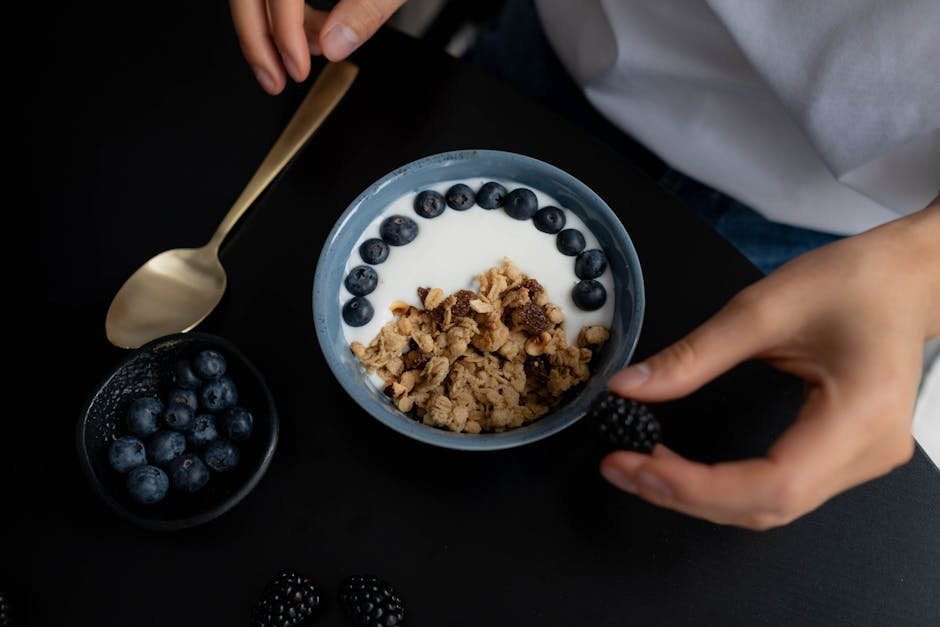YOU BURN CALORIES all day long as your body carries out its normal functions, like breathing and digestion. Physical activity, whether it’s a workout or running errands, can increase the burn. All of this contributes to your total daily energy expenditure, or TDEE.
“Total daily energy expenditure is the total amount of calories (energy) your body needs to maintain your weight,” explains Michael Richardson, MD, a Boston-based family medicine physician who specializes in sports medicine and fitness. “This includes both your energy at rest—or, basal metabolic rate—and when you’re active.”
Understanding your TDEE is crucial if you’re looking to gain, lose, or maintain your weight, he says. Here’s how to calculate it, what factors influence TDEE, and what to do when you know your number.
What Is TDEE?
TDEE IS THE total amount of energy, or calories, that your body uses each day, says
, RDN, a Brooklyn, New York, registered dietitian nutritionist and spokesperson for the Academy of Nutrition and Dietetics.
It’s made up of three parts:
- Basal metabolic rate (BMR) is the energy your body uses just to stay alive, including breathing, keeping your heart beating, and sustaining cell metabolism. “This is the biggest component of your TDEE,” Gentile says.
- Thermic effect of food (TEF), which is the energy needed to digest what you eat.
- Physical activity, or the energy you use during movement and exercise.
What Factors Influence It?
SEVERAL FACTORS IMPACT your TDEE, Dr. Richardson says, “Some you can control, some you can’t, and some you can influence.”
For example, you can control how much energy you expend during physical activity, but you can’t control your age, genetics, or hormones, he explains. You can also influence your body composition—the greater your muscle mass, the more calories you burn at rest.
“That is why I encourage my patients who are interested in weight loss to focus on muscle development instead of having a cardio-dominant workout routine,” Dr. Richardson says.
Age plays a role, too. Your BMR usually slows down as you get older, Gentile says. How much you move throughout the day and the food you eat also affect TDEE—for example, she says it takes more energy to digest protein.
How to Calculate Your TDEE
THERE ARE SEVERAL online calculators to give you an idea of your TDEE. They take into account your age, height, weight, gender, and level of physical activity.
Here’s one TDEE calculator to try.
For example, using that calculator, the TDEE for a 40-year-old man who’s 5-foot-11, weighs 200 pounds, and exercises moderately is 2,851. That’s the number of calories he should consume to maintain his current weight.
Gentile says online calculators are “reasonably accurate” for most people, but they’re still estimates. “Real calorie needs vary due to genetics, muscle mass, and hormone levels, to name a few things, which these equations can’t take into account,” she says.
Another issue with the number you get is that people often misjudge their physical activity levels, which can also vary from day to day, Gentile says.
Online calculators just account for total weight and can’t distinguish fat and muscle, which is important for an accurate calculation, Dr. Richardson says.
A more accurate way to determine your TDEE is with body composition testing, he says. This measures your percentage of fat, bone, and muscle.
Why It’s Helpful to Know Your Number
WHEN YOU KNOW your TDEE, you can understand how much energy your body needs to maintain its current weight, Gentile says.
It’s also a starting point for “dietary intervention,” she says. “From there, you can manipulate some of the TDEE pieces of the puzzle to achieve your goals.”
For instance, if you’re in a bulking phase, you’ll need to go into a calorie surplus and eat beyond your TDEE to give your muscles energy to repair and build new fibers, Dr. Richardson says. If you’re trying to lose weight, you would need to eat less than your TDEE.
“As a family doctor, I often calculate my patients’ TDEE when they feel like they are hitting a wall with their weight loss goals,” he says. “Oftentimes, people are overestimating their TDEE and eating too much.”
Recently, Dr. Richardson says he’s seeing more people consuming dramatically less than their TDEE, especially when they’re taking GLP-1 medications to suppress their hunger.
“This can cause ‘metabolic adaptation,’ in which your body responds to the severe calorie deficit by reducing your natural TDEE, making it harder to lose weight,” he explains, adding that patients are often surprised when he tells them to eat more to restore their metabolism—and then, when they do, they start losing weight.
If you struggle to calculate or understand your TDEE and how it affects your health and weight goals, talk to your doctor or a registered dietitian.

Erica Sweeney is a writer who mostly covers health, wellness and careers. She has written for The New York Times, HuffPost, Teen Vogue, Parade, Money, Business Insider and many more.


